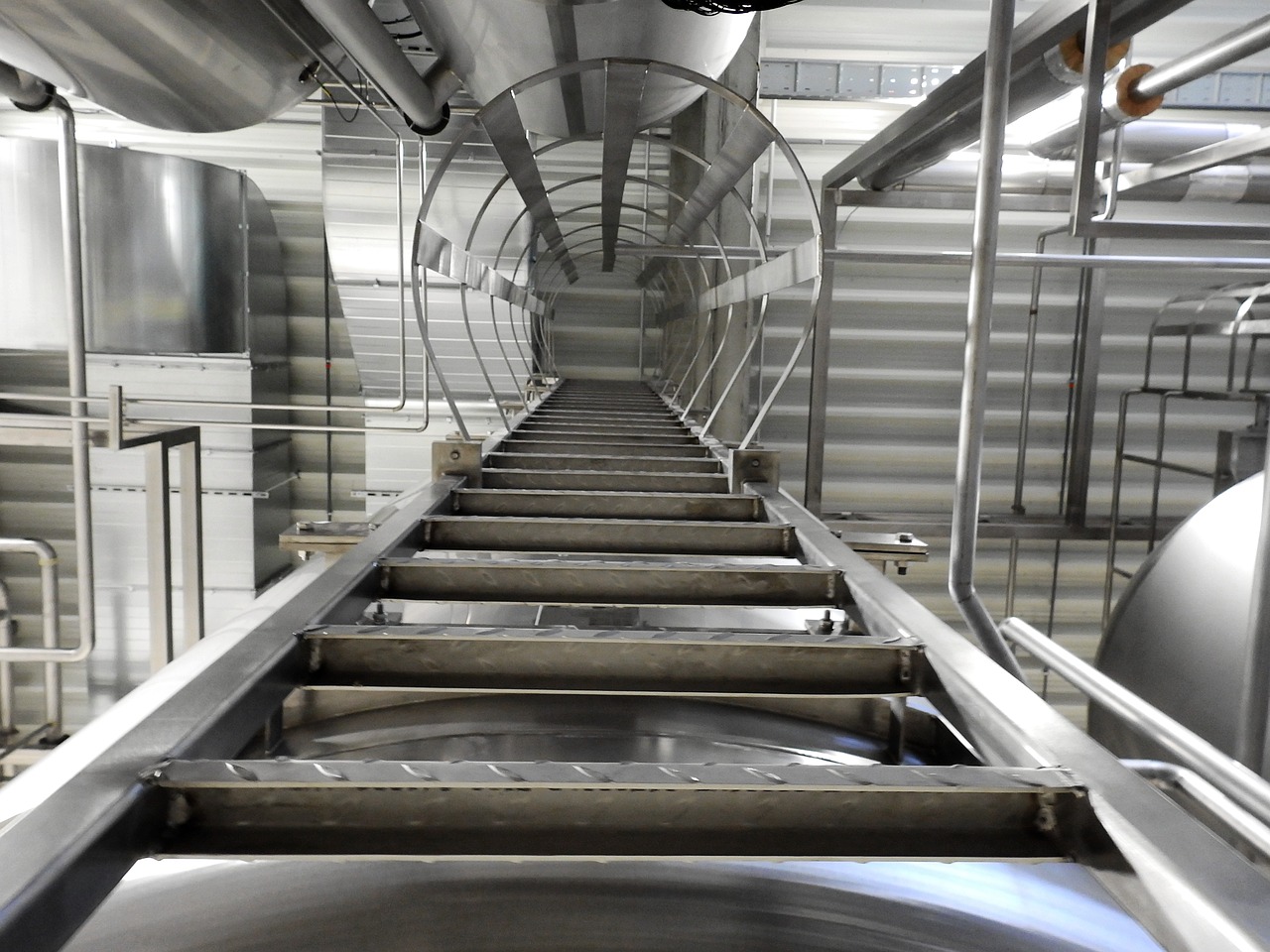
The steel industry is the backbone of modern infrastructure, enabling advancements across multiple sectors. Understanding its supply chain dynamics is crucial for stakeholders to navigate challenges and harness opportunities in this pivotal industry.
The first critical step in the steel supply chain is sourcing raw materials. The primary raw materials for steelmaking are iron ore, coal, and limestone. Iron ore is typically mined from large open-pit mines, while coal is sourced from both surface and underground mines.
The extraction process involves large-scale machinery and significant human labor, emphasizing a need for safety and environmental concerns. In addition, many regions with rich deposits face geopolitical uncertainties, causing fluctuations in supply and prices. Efficiently managing these supply sources is crucial, as any disruptions can cascade through the entire chain, impacting production schedules, costing, and delivery timelines. Material quality is another significant factor; impurities in raw materials can hamper the integrity of the finished steel, necessitating rigorous quality checks and certifications at the extraction stage.
Next in line are the production processes where raw materials are transformed into steel. Traditionally, the blast furnace method has been used, which involves smelting iron ore using coke to produce molten pig iron. In contrast, the electric arc furnace (EAF) method, which melts scrap steel using electrical energy, is increasingly adopted due to its efficiency and environmental benefits. Blast furnaces require a substantial initial investment and energy consumption but offer high production capacities, while EAFs are more flexible and suited for various steel grades. The choice between these methods depends on factors such as resource availability, desired output, and environmental regulations. Both methods involve meticulous quality control to ensure the produced steel meets specific standards, impacting its suitability for various applications, from construction to automotive manufacturing.
Once produced, steel must be efficiently distributed to various industrial and commercial sectors. Logistics plays a vital role in the supply chain, involving complex coordination of transportation modes, including rail, road, and sea freight. Timely delivery is critical, as delays can disrupt production schedules in downstream industries such as automobile manufacturing and construction. Handling large volumes of bulky material requires advanced warehousing solutions and robust inventory management systems. Furthermore, logistics providers must navigate challenges such as fluctuating fuel prices, regulatory compliance, and the need for sustainable practices. Innovations such as digital tracking systems and automated warehouses are increasingly adopted to enhance efficiency and predictability in steel distribution, minimizing downtime and reducing costs.
The steel market is inherently volatile, influenced by global economic conditions, trade policies, and technological advancements. Demand for steel is closely tied to sectors like construction, automotive, and infrastructure development. Economic downturns or geopolitical tensions can lead to significant drops in demand, resulting in excess supply and falling prices. Conversely, robust economic growth can strain supply chains as they scramble to meet increased demand. Additionally, trade policies, such as tariffs and quotas, can disrupt the global flow of steel, affecting prices and availability. Companies in the steel industry must develop strategic agility to navigate these fluctuations, including diversifying supply sources, entering new markets, and investing in R&D to innovate and stay competitive. Understanding and anticipating market trends are crucial for maintaining profitability and resilience.
The steel industry is under increasing pressure to adopt sustainable practices due to its significant environmental impact. Traditional steel production methods are energy-intensive and generate considerable carbon emissions. Consequently, the industry is exploring greener alternatives such as using hydrogen in steelmaking or leveraging circular economy principles like recycling scrap steel. Regulatory frameworks are becoming more stringent, pushing companies to reduce their carbon footprint and adhere to environmental standards. Initiatives like carbon trading, renewable energy investments, and adopting energy-efficient technologies are gaining traction. Besides environmental benefits, these sustainable practices can lead to cost savings and improved corporate reputation. Companies that proactively integrate sustainability into their operations are better positioned to meet future regulatory requirements and cater to the growing consumer demand for greener products.
The steel supply chain is a complex and dynamic system critical to the functioning of modern economies. From raw material sourcing and extraction to production, logistics, market dynamics, and sustainability, each stage presents its unique challenges and opportunities. Understanding these intricacies allows stakeholders to make informed decisions, mitigate risks, and leverage growth opportunities. As the industry evolves, embracing innovations in technology and sustainability will be key to forging prosperity in this sector. A resilient and efficient steel supply chain not only boosts profitability but also contributes to broader economic stability and development. The ongoing adaptation and strategic management of this supply chain are essential for navigating the future landscape of global industry and infrastructure.